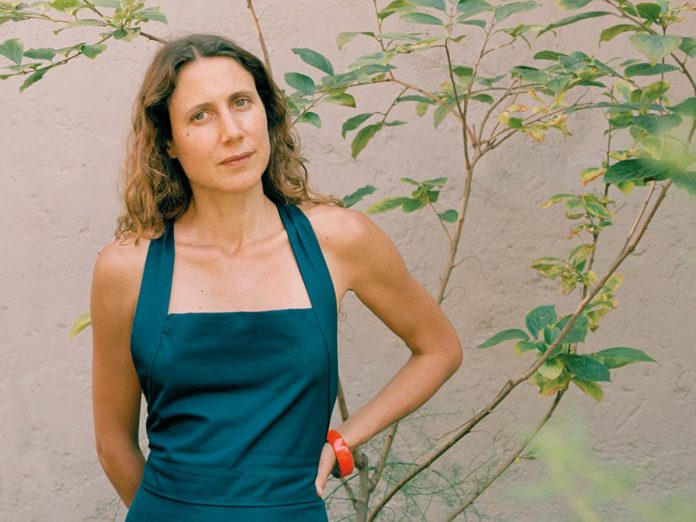The Fuorisalone, alongside new collections of well-known brands and projects by successful designers, is also an opportunity to learn about the work of emerging contemporary talents. Valentina Ciuffi is the founder, together with Joseph Grima, of Alcova, an exhibition that embodies one of the more experimental approaches of Design Week. We talked with her about trends of contemporary creativity, but also the ways and contexts in which a designer’s work should be presented to the public.
Alcova is an event that assigns great importance to its physical context, as the name suggests. You are now operating for the second time in the former Military Hospital at Baggio. Considering the strong points but also the difficulties of such a characteristic architectural context, do you feel a bit more ‘at home’ this year, in a certain sense?
Joseph and I try constantly to map the city in a personal way: we take the car and go looking for hidden locations. This is in the DNA of Alcova. It was the start of the experience of the former Cova panettone factory in Nolo, the neighborhood where we have our studio. The idea, however, is not to stay in the same place for more than two years, because the potential of a space can only be discovered with a bit of time in front of you: the second year, then, always brings some improvement.

Why did you stay here?
After the experience of the former panettone factory (which was later sold), we wanted to explore inalienable spaces: Baggio, for example, a place Milan doesn’t know about. In the collective imagination, all men of a certain age have spent three days there, to have medical examinations for military service; but almost no one in Milan has been in this part of the hospital, which is an urban forest inhabited by pheasants, a colony of cats, lots of squirrels, cedars with heights never seen elsewhere in the city. The beauty of the exhibitions we make is to combine design with the discovery of places, and in this place we liked the way nature has taken over the buildings. Alcova is made of small architecturally heterogeneous spaces, to adapt to the various exhibitors. Here we have a bit of everything: a Liberty style house, a rather industrial laundry, a disinfection center, which we call the ‘temple.’
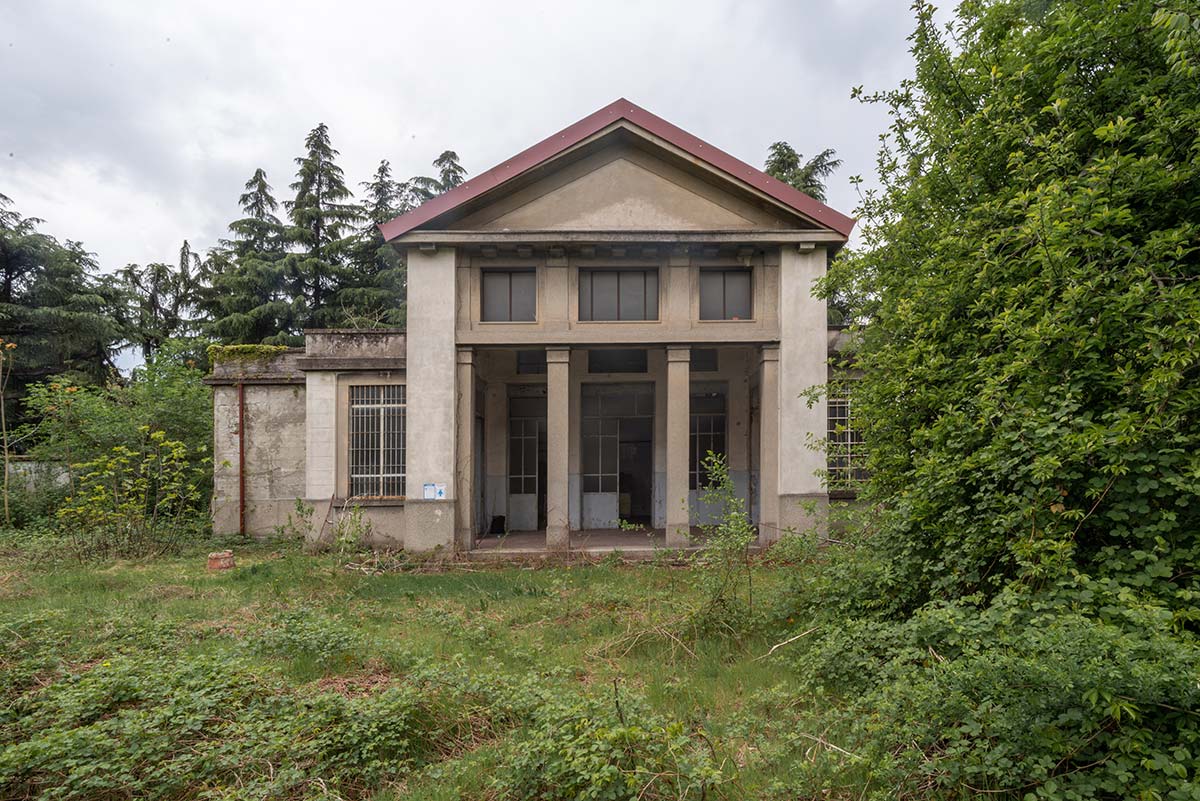
Will there be any new developments where the spaces are concerned?
This year the surprise is a new zone, which we have called E-space because of its form, an overturned letter E: it is a complex as big as three buildings put together, with the particular feature of three bomb-proof attics (since this was a military facility). On Google Maps you can see crosses on the roofs, which during the war were a plea not to bomb. Above the three arms there are three long, spectacular structures in reinforced concrete, somewhat like the work of Nervi. Below, there are two levels that seem like a school; all very different from the other three buildings. Getting back to the ‘temple,’ here we have the food court of Alcova, created in collaboration with the Canadian lamp brand Lambert & Fils together with Café Populaire: a ‘box’ where the spirits are Tuorlo and Alessandro Longhin (Botanical Club), which along with the quality of the food bring the concept of sustainability and culture behind it. People from Ukraine will work here, for example. Among the various upgrades of this edition there is the Off-Cut bar: one of the strongest exhibitions is on the ground level of the laundry, where together with Solid Nature (a brand that works on monumental projects with stone), with the ‘off-cuts,’ or the scrap from marble, we have built a bar for meetings with our clients, but also for talks and press conferences: in an event created to grant space to independent players, with a strong aesthetic, it is important to provide spaces for clients, and spaces where people want to spend time.
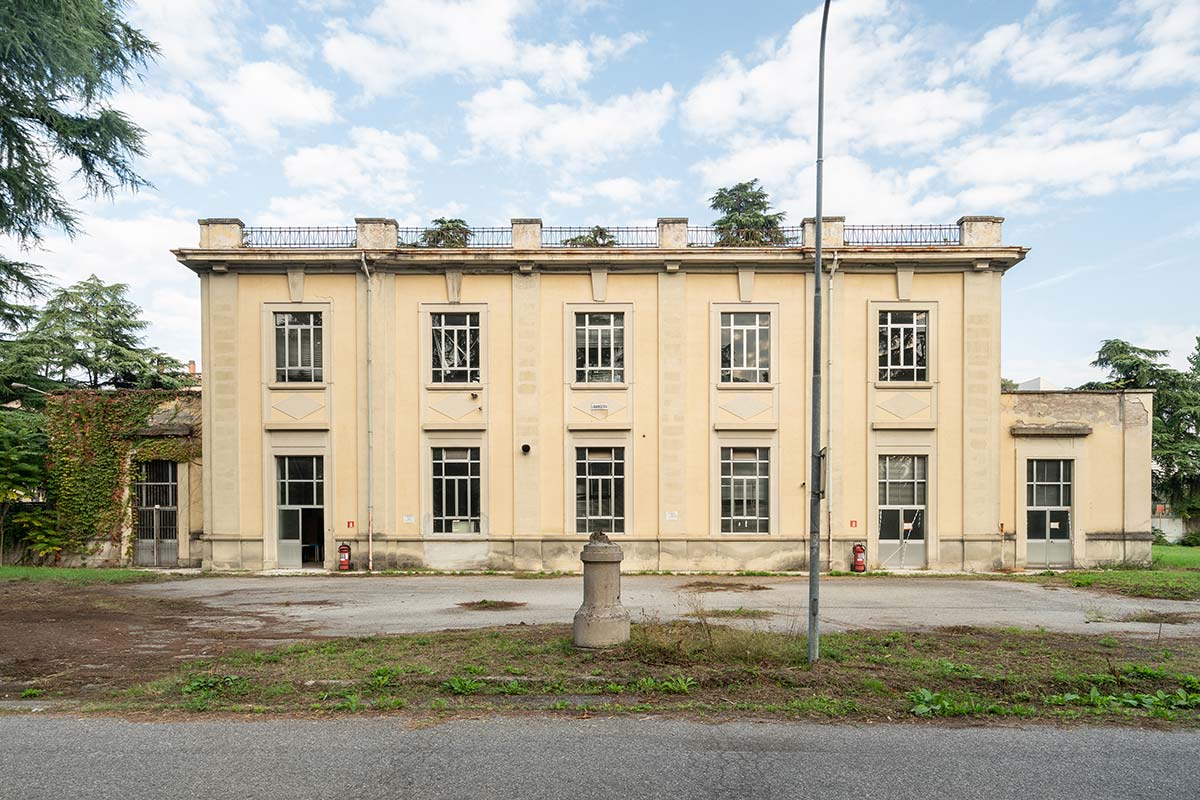
Does this expansion coincide with a larger number of exhibitors? How does the selection take place, in this regard?
There are two intersecting networks: my world, connected with collectible design galleries — I work for Galleria Nilufar, with the Nomad fair, and with my studio Vedèt I focus on brand identity for small companies. Joseph, on the other hand, is connected with museums and schools, as the director at Eindhoven. Alcova comes from our two networks. Since the first year, when we had 35 exhibitors (today there are 80), it has been a case of word of mouth among the people we know, who tend to bring projects that have already been refined to some extent. We are not interested in open calls, after which you have to deny the space to many people; we like the network mode, which obviously gets wider. Many people have approached us personally after having met us at the previous editions. We against the phenomenon of neighborhood districts: for us, it is important to create destinations and not districts, which we do not feel are productive. If we had not discovered the attic spaces, we would probably have left everything as it was, because we were already very pleased to have supplied services to the exhibitors in the three buildings. Then the combination of new requests and the discovery of such different spaces convinced us to open them up.
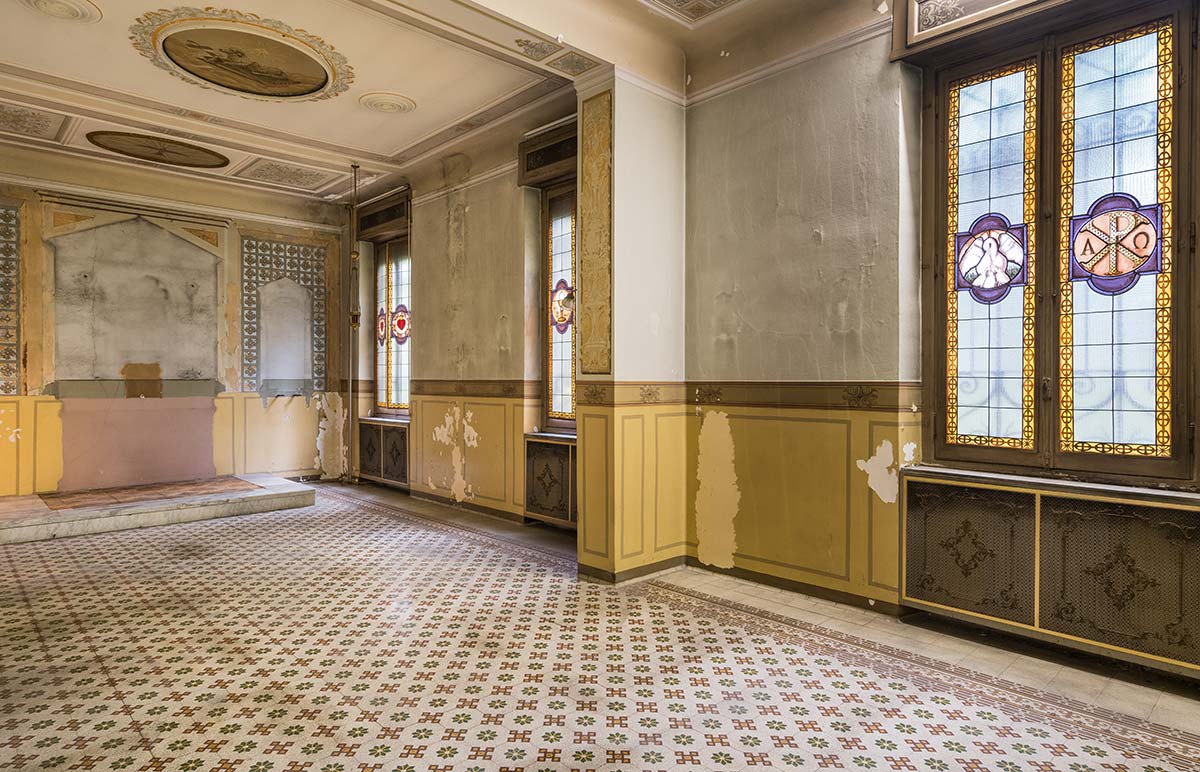
What sort of directions are you seeing in the projects of the designers you follow, also in the light of the fact that you will bring together established brands and emerging realities?
When we work with big brands – nearly always, they are the ones who choose us – we urge them to push the independent players, combining them with designers who subvert their aesthetic or reinterpret it: for example, Laila Gohar with CIAM (a company that makes refrigerators), turned completely upside down. Alcova is not curated, it becomes ours thank to the selection of natural filters. In the context of the FAR project for Nilufar (where FAR means ‘far from’ the gallery), I am curating the exhibition Craftmania: a pathway inside so-called ‘non-functional design,’ also known as ‘functional art,’ which this year is about materials. The three paths of crafts on view go well beyond classic storytelling about recovery of techniques and reference to tradition; this is because the most interesting thing that is happening, and which is visible at Alcova, is a way of looking to the past that is not passive. There is availability of artisans all over Europe, but we also think about Brianza, where many design companies have found themselves lacking work when China and other countries have become major producers. These workshops were suddenly more available to designers, who have entered the picture; it is interesting to observe the moment in which the designer starts to challenge the artisanal way of doing things.
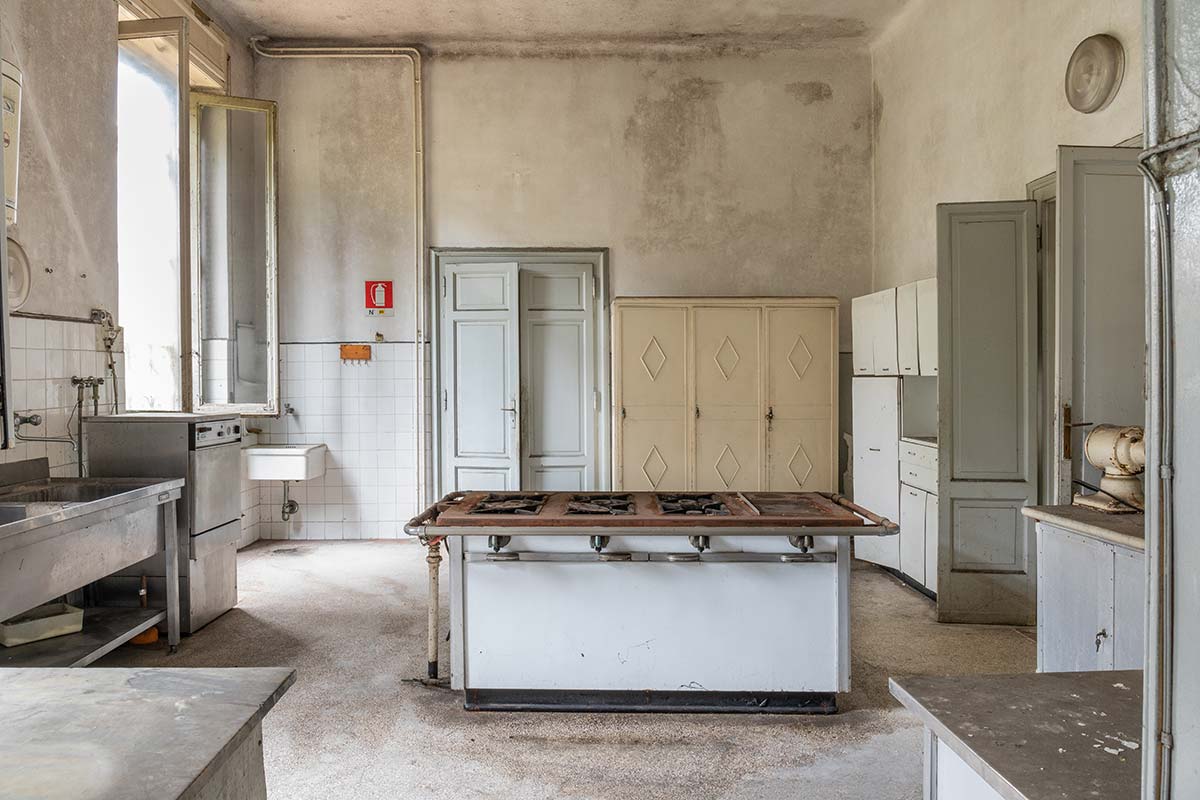
I have just re-read a great classic, The Craftsman by Richard Sennett: the reality is that in the crafts workshop knowledge is always transmitted through imitation, with a repetition that certainly leads to beautiful things, but also needs to be a bit defied. Young designers are great jumblers: they mix, they go to the craftsman bring pieces, reversing things, suggesting approaches. If the artisan does not keep pace, they go back to their studios and continue on their own. One example is Etienne Marc (Nilufar), who draws on Venetian grotto or the Baroque, established styles of worn-out craftsmanship, and then subverts them; in Seville there are old gutted ceramic colonnades filled with antique materials: he fills them with polyurethane, reinventing them. Also in the exhibition, Odd Matter have worked with the craftsmen of imitation marble in Rima to push this art towards increasingly psychedelic effects, in somehow conserving the roots. Their new projects include works in fiberglass and plaster, starting with orthopedic materials mixed with others, copying the fake marble copiers. This is another tendency in design: some people do not develop objects, but materials! This is a world that is included in Alcova, in my research and at Eindhoven: a contribution by designers to overturn what is happening in crafts. An interesting phenomenon in aesthetic and sociological terms.
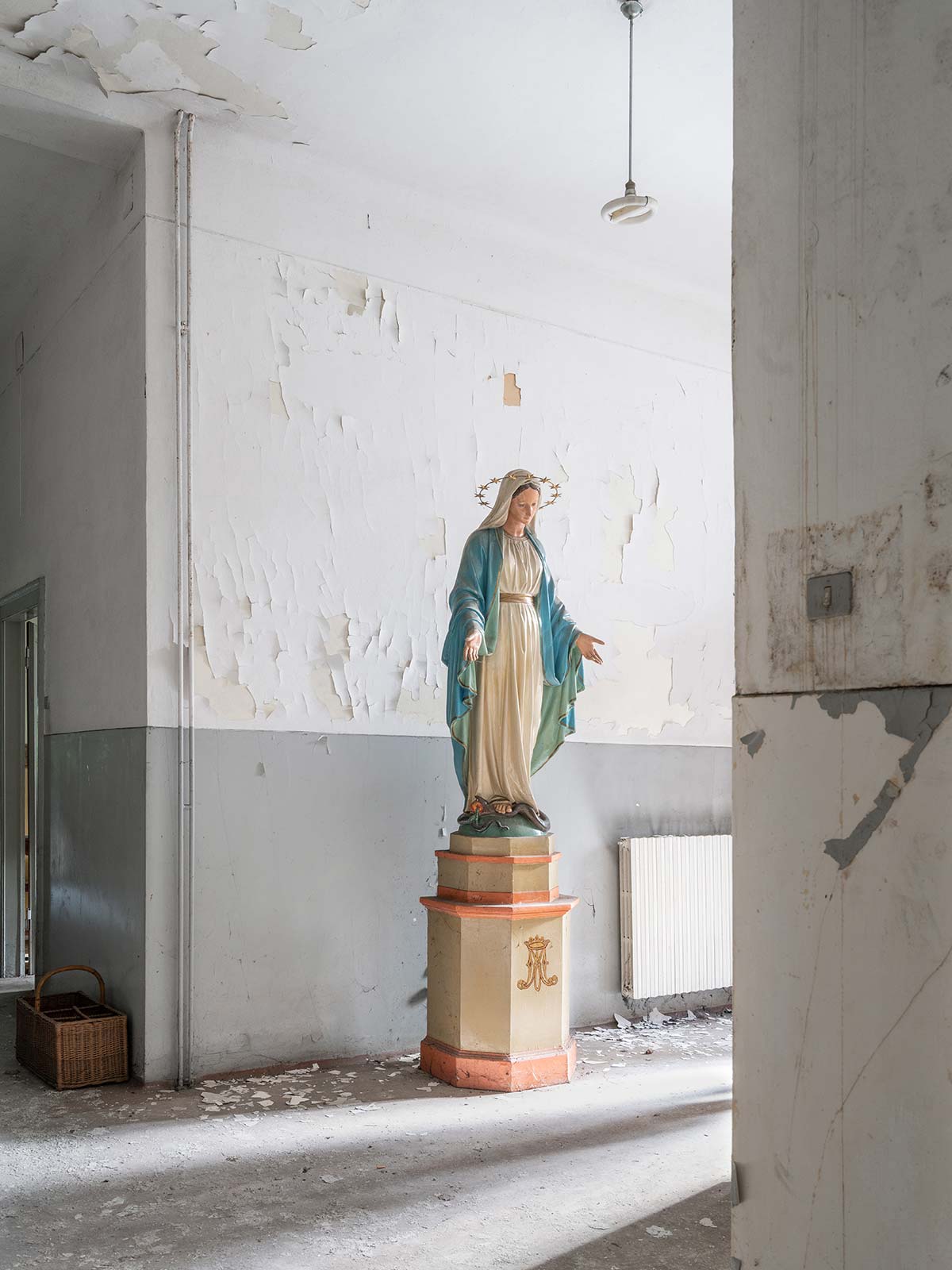
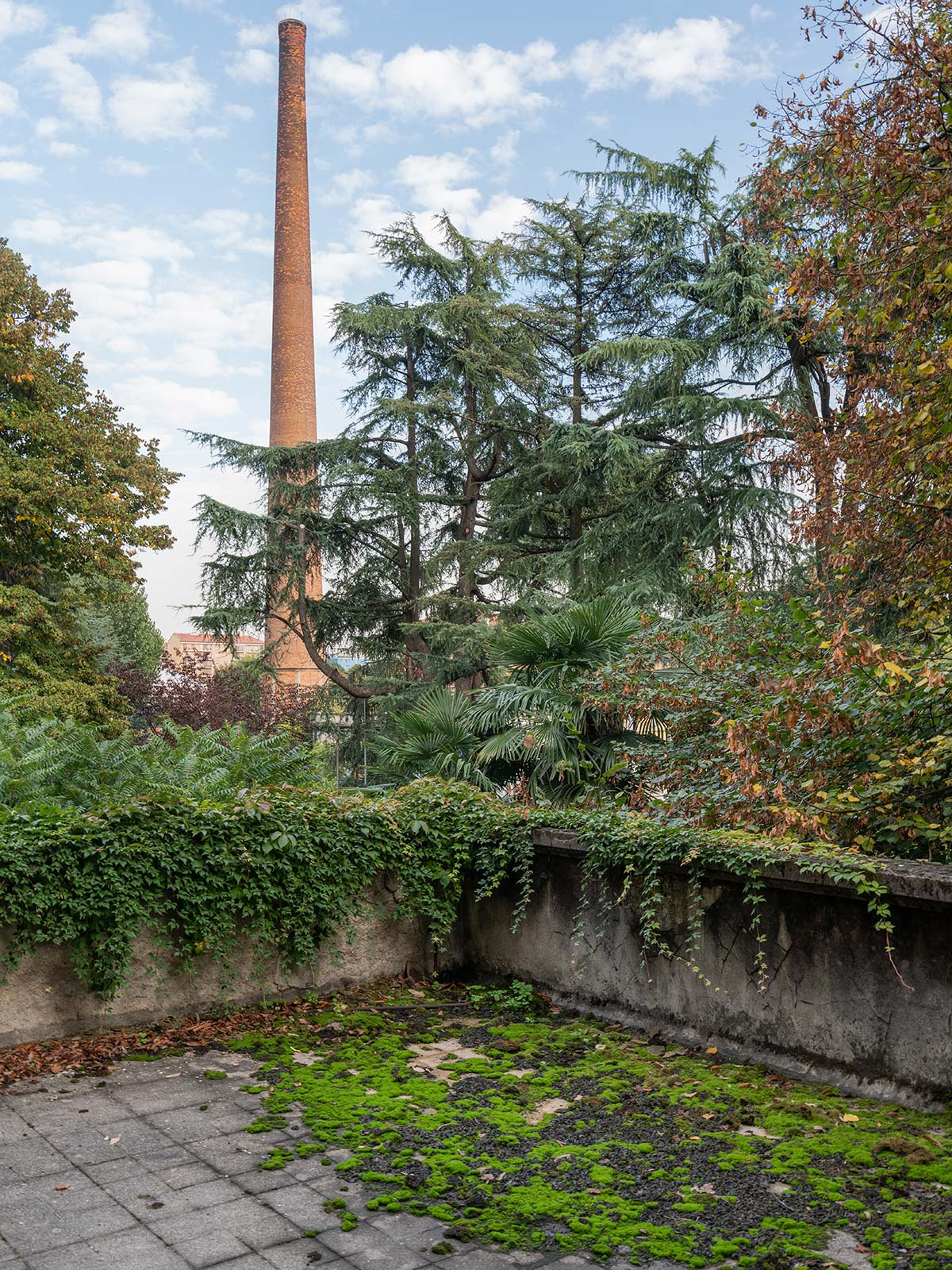
Is the idea of objects that are not functional at all costs gaining increasingly forceful expression?
The great Enzo Mari did not like design that produces things that are not needed. But what is happening here is something else: it is undoubtedly a phase, but people are trying other ways to work with existing materials, not creating random forms. For mental openness, we need to see things that are not all made in the same way. The human mind needs to be nourished with new things: at Alcova and at Nilufar, there are very aesthetic things that are also products. It is a form of research, also leading to discovery of new material potentialities. With Trame, a small company with which I work in the direction of ‘crafts subversion,’ we bring 3D printing to Morocco.
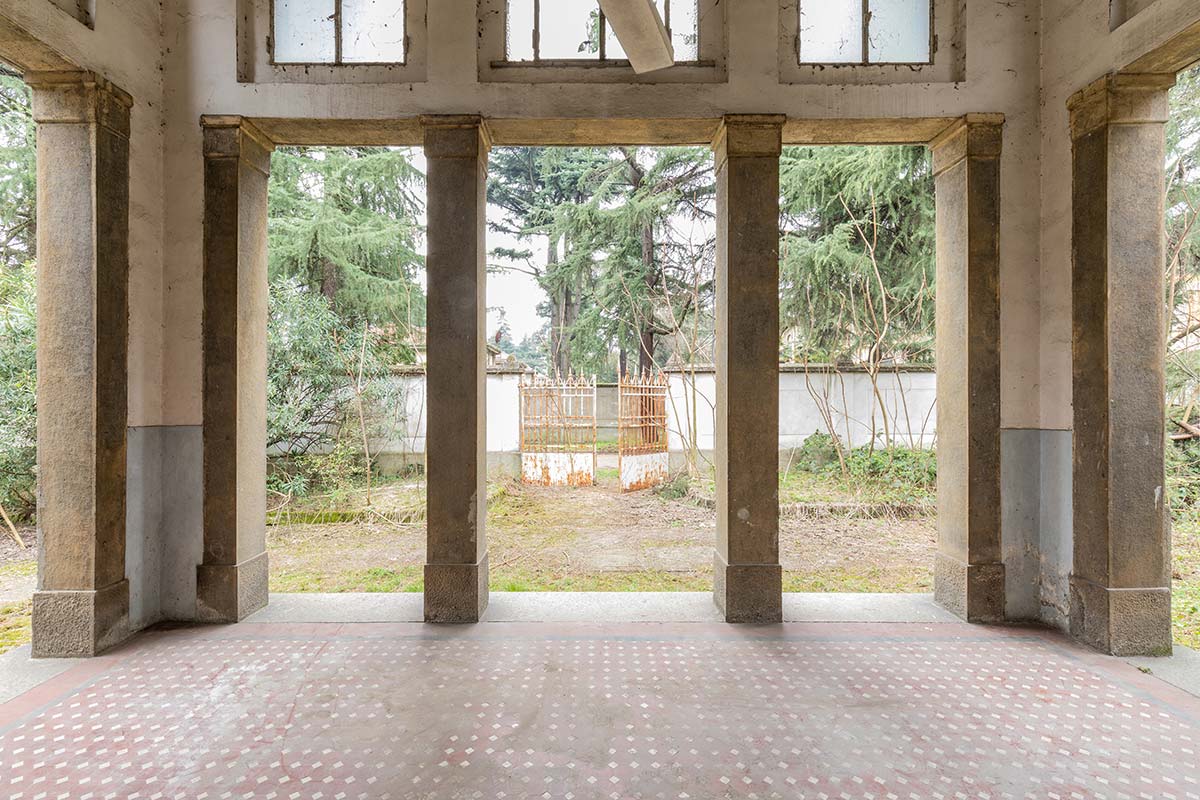
You mention Mari, and in effect each year Design Week tends to rediscover a protagonist of the 1900s. Who would you like to bring back to visibility?
Regarding Mari: for the entrance to Alcova the young staff of our studio are remaking the tables of his famous autoproduzione series. Mari gave us a lot, and he is an excellent starting point. And then Carlo Mollino, Franco Albini, BBPR, Lina Bo Bardi, Frattini, Osvaldo Borsani. It would be hard to say what I don’t like from those years. I am very fascinated by what has emerged.

You are from Bologna, but your home by now is Milan. How have you approached this city and the world of design? Did you understand that they would become parts of your story?
I am a semiologist, at the university I studied with Umberto Eco, and specializing in Semiotics of Architecture for my degree. So my approach is not that of a designer. After a period working in galleries in Turin, in 2007 in Milan Boeri became the editor of Abitare with a new formula that lasted a few years, involving writers and people closer to writing. I was very young, I began working on the website, taking my first steps; but I did have precisely that background. In those years I got to know a series of people, including Joseph, and Giovanna Silva, a photographer and editor of books on architectural photography… an interesting side of Milan, an interesting group with a new approach to writing about architecture. I stayed at Abitare for ten years, and through the world of narration I met many people. Then, however, I returned to semiotics with Alcova, with Studio Vedèt, to storytelling connected with the directions to suggest to those who open a new company and enter the world of design. I am still very attached to the world of printed paper, however. At Alcova, four rooms have been set aside for the independent art book fair of Basel, I Never Read.

